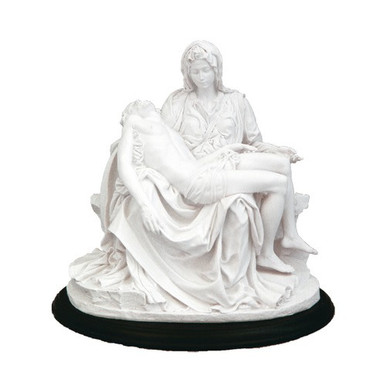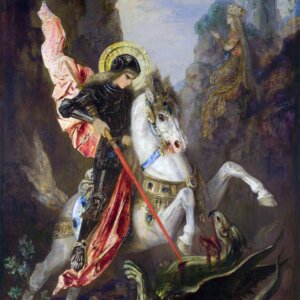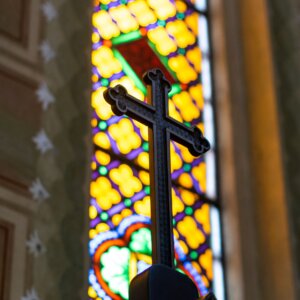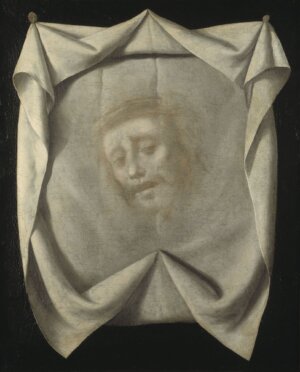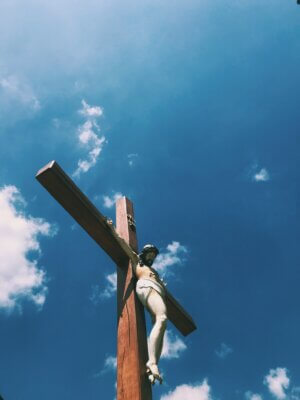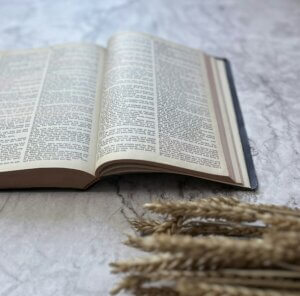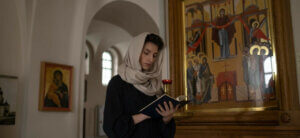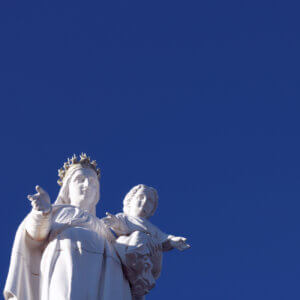When we read the story of the Crucifixion and pray through the Stations of the Cross, we can only imagine the pain Mary must have felt. Watching her son be beaten and tortured to death before he finally breathed his last breath on the cross would only bring a mother deep grief and pain.
Many artists depict figures and scenes from Church history, especially pivotal moments in Scripture. The story of Christ’s death and resurrection is so essential to our salvation that countless artists have recreated these scenes.
The Pietà is a famous marble statue by the world-renowned Michelangelo. The Virgin Mother holds her son Jesus Christ after He has died on the cross. Michelangelo sought to recreate Mary’s feelings in this moment. According to Dr. Helen Hoffner in her book, Catholic Traditions and Treasures,
Michelangelo used Carraba marble to create the Pietà, his masterpiece showing Mary holding the dead body of her Son, Jesus. Unlike in other works related to the Crucifixion, Mary’s face is serene rather than sad to symbolize her acceptance of God’s will. The word pietà means “pity” in Italian, but Mary’s pose is not meant to evoke pity. This sculpture shows Mary as pious, which is the Latin translation of the word pietà. Mary remained pious in her actions, even at the loss of her son.
The Pietà is approximately six feet long and five feet and nine inches tall. This piece is currently kept at St. Peter’s Basilica at the Vatican.
To read more about Church treasures like the Pietà, check out Dr. Helen Hoffner’s Catholic Treasures and Traditions.

